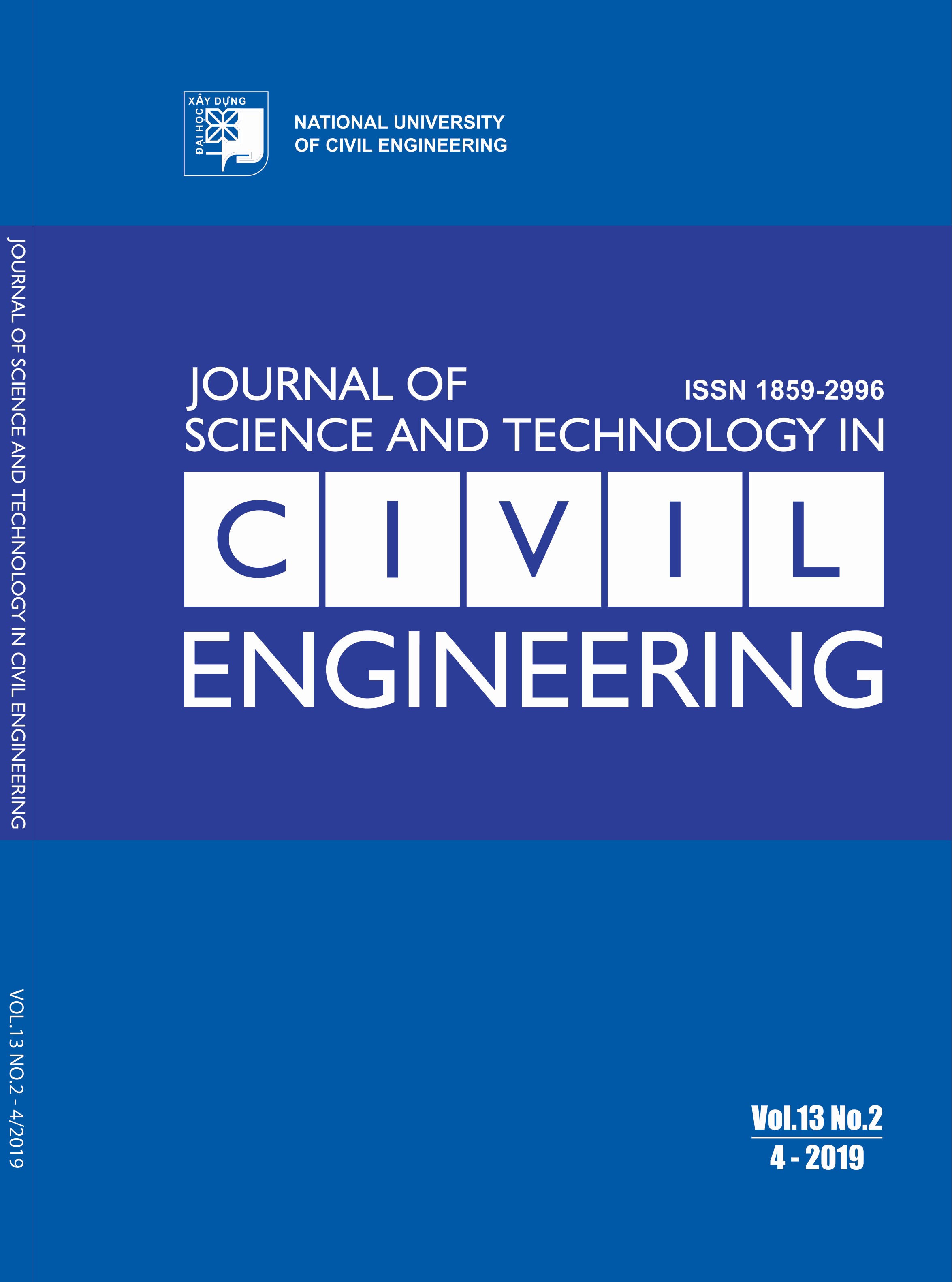Application of hybrid modified UASB - MBBR technology for wastewater treatment of Sao Thai Duong Pharmaceuticals and Cosmetics Factory
Abstract
Wastewater of Sao Thai Duong Pharmaceuticals & Cosmetics Factory contains high concentration (more than 1000 mg/l) COD and BOD. Besides, some persistent substances are also found such as surfactants, emulsion oil and ammonium. Especially, the quite low BOD/COD ratio of 0.3 makes the treatment process of organic matters more complicated. Furthermore, the troublesome settlement of oil emulsions inhibits the wastewater biological treatment process which results in difficulties for selection of a stable and sustainable technology. For these reasons, it is recommended to use the Upflow Anaerobic Sludge Blanket Filtration (UASB) technique combined with the use of the bio-logical named carriers DHY-01 and DHY-02 (produced by Vinse Company). DHY carriers have a high porosity (92-96%), large surface area (10000-12000 m2) and apparent specific weight of 33 g/l. The anaerobic treatment tank (Upflow Blanket Filter - UBF) has a retention time of 10-12 hours. Influent COD concentration is about 1000-2000 mg/l, reduced by 65-70% after treatment. Influent BOD concentration is 200-600mg/l, reduced by about 60-65% after treatment. Aerobic tank (moving bed biofilm reactor - MBBR) has a retention time of 4-6 hours. COD and ammonium removal efficiency is about 85-90%.
Downloads
Copyright (c) 2019 National University of Civil Engineering

This work is licensed under a Creative Commons Attribution-NonCommercial-NoDerivatives 4.0 International License.
1. The Author assigns all copyright in and to the article (the Work) to the Journal of Science and Technology in Civil Engineering (JSTCE) – Hanoi University of Civil Engineering (HUCE), including the right to publish, republish, transmit, sell and distribute the Work in whole or in part in electronic and print editions of the Journal, in all media of expression now known or later developed.
2. By this assignment of copyright to the JSTCE, reproduction, posting, transmission, distribution or other use of the Work in whole or in part in any medium by the Author requires a full citation to the Journal, suitable in form and content as follows: title of article, authors’ names, journal title, volume, issue, year, copyright owner as specified in the Journal, DOI number. Links to the final article published on the website of the Journal are encouraged.
3. The Author and the company/employer agree that any and all copies of the final published version of the Work or any part thereof distributed or posted by them in print or electronic format as permitted herein will include the notice of copyright as stipulated in the Journal and a full citation to the Journal as published on the website.







